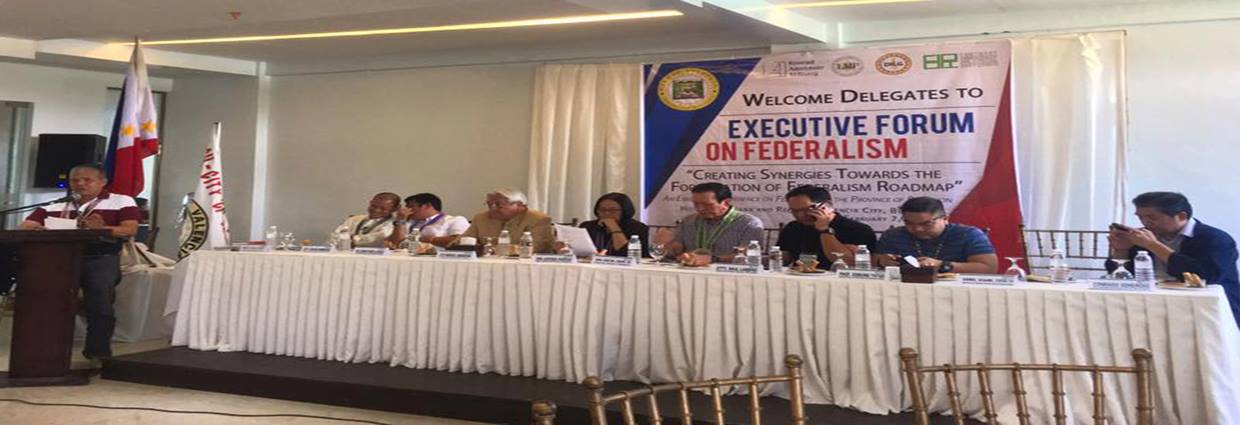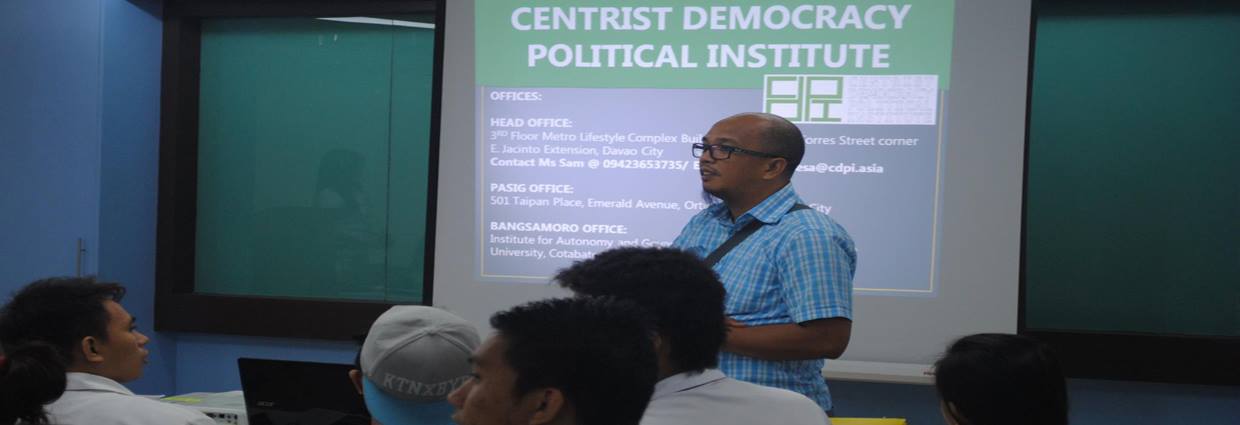First of a series
THIS week, I pause from my reflections on our national affliction — a republic ensnared in an unprecedented quagmire of corruption, reminiscent of the martial law regime, if not more dire, while the populace appears poised to embrace tumult in the streets as an expression of their anger.
I await, as many do, the long-delayed judgments of the ICI and the Ombudsman on the flood-control scandals, where familiar names resurface like detritus after a storm: Chiz, Joel, Jinggoy, Bong Go, Bong Revilla, Nancy Binay, and the usual convoy of bureaucrats and fixers. Even Martin Romualdez, cousin to the president, stands uncomfortably close to the blast radius. Now comes Zaldy Co, delivering his four-episode teleserye “confession,” baiting the Dutertes for protection by dragging the rot into Malacañang’s inner sanctum. The streets whisper the same question: Will public outrage finally force justice to move, or will “due process” once again serve as polite camouflage for paralysis? In plain speech — will anyone powerful actually end up behind bars.
As the Philippines wrestles with its moral deficit, the world faces another crisis — this one economic, where greed disguises itself as governance and global tariffs wars ignited by Donald Trump’s crusade against trade itself, justified as acts of patriotism.
His obsession with China as “the economic enemy” redefined America’s diplomacy. The detonation came on April 3, 2025 — Trump’s self-styled “Liberation Day” — when tariffs blanketed 120 nations, friend and foe alike. Donald Trump, the most illiterate president America has ever produced, continues to harbor the misconception that tariffs are borne by foreign entities rather than being a tax levied on American citizens, a farcical interpretation of economic principles. This is not merely a policy stance; it is cognitive dissonance clad in a red hat, exclaiming, “Winning!”
How a tariff crusade reshaped map of power
This three-part series examines the global fallout of Trump’s unilateral tariff imposition — an economic spectacle that promised American resurgence but accelerated a profound shift in geopolitical gravity. What began as a performance of strength has rippled outward into collapsing trade deals, allies drifting away, and supply chains rerouted to avoid the turbulence of Washington’s protectionist nostalgia. As the US retreats into the comfort of old grievances, the world quietly redraws its alliances. Into this widening vacuum steps China — not through bluster, but through method, design and unbroken strategic patience.
The new map of power reveals an uncomfortable truth: America has become loud but chaotic, Beijing quiet but ascendant, and the rest of the world is learning to navigate a century where influence is measured not by slogans but by endurance. This opening chapter confronts the irony at the heart of it all: a policy meant to restore American greatness is speeding up the very decline it seeks to reverse.
Primary skirmish: The opening lie
After Trump’s meeting with Xi Jinping at APEC 2025 in Busan, he triumphantly declared that America had “won” the trade war. He announced that China had surrendered on soybeans, rare earths, fentanyl precursors and export controls. But none of these concessions exist anywhere except in US talking points.
Days later, China has implemented nothing — no new licenses, no soybean surge, no relaxed restrictions. Beijing remained silent while Washington rolled back tariffs and celebrated itself. American farmers, manufacturers and markets saw no breakthrough, only the widening distance between political theater and geopolitical reality.
Meanwhile, the global order is shifting, but not in the direction Trump advertised. Partners he claimed to have “reclaimed” are quietly peeling away, negotiating new arrangements without Washington’s input. “America First” is mutating into America sidelined, while Beijing, methodical and unhurried, emerges as the new center of economic gravity.
The soybean mirage
Nowhere is this unraveling clearer than in soybeans — the trophy Trump presented to the American heartland. The White House boasted that China would buy 12 million tons of US soybeans this year and 25 million tons annually for three years. Prices jumped. Optimism bloomed across the Midwest. For a brief, heady moment, it seemed the farm belt had been rescued.
But the numbers, as always, tell the truth. Bloomberg and other financial platforms report that Chinese purchases have stalled almost completely. After a brief post-summit surge, shipments dried up. Traders now quietly concede what many suspected: the vaunted 12-million-ton pledge was not a contract but a diplomatic courtesy. China has been buying record volumes from Brazil for a year — specifically to reduce dependence on the United States.
Three realities explain the paralysis. First, tariffs remain. Even under the so-called truce, US soybeans still face a 13 percent import tax in China. Second, American beans are too expensive. Trump’s announcement inflated prices, widening the gap between US and Brazilian cargoes. Third, China is oversupplied. Months of heavy imports have swollen state reserves and filled port warehouses. With stockpiles at multiyear highs and Brazilian beans selling at steep discounts, Chinese crushers (convert soybean into meal and oil) see no logic in paying more for the US product.
Beijing has never confirmed the 12-million-ton pledge. Cofco, China’s state grain buyer, has purchased only symbolic amounts. Inventories at Chinese ports hit a record 10.3 million tons in early November. Analysts estimate state reserves at roughly 45 million tons — enough to last five months without importing a single American bean. In short: Washington staged a victory parade; Beijing never stepped onto the reviewing stand.
The domestic fallout: A heartland betrayed
Uncertainty in the soybean trade has spilled into America’s manufacturing heartland. Tractor makers like CNH Industrial, AGCO and Deere report that farmers, fearful China will not follow through, are delaying machinery purchases. Executives describe the trade deal as “ambiguous,” the agricultural economy as “strained,” and the supposed soybean lifeline as vapor. On the ground, the damage is unmistakable.
Farm bankruptcies are rising. Used machinery auctions are up double digits. Input costs from fertilizer to equipment continue to climb.
Exports have fallen even as expenses swell.
The bitter truth is this: the greatest casualties are Trump’s own apostles, the MAGA farm belt. They cheered his crusade only to find themselves gutted by it; exporting less, and crushed by policies that arrived disguised as salvation but functioned as betrayal.
Tariffs meant to shield them instead strangled them. While the White House celebrates phantom victories, the numbers tell a harsher truth: China is overstocked, margins are bleeding, and US soybeans are too costly to matter. Flush with cheaper Brazilian supplies, Beijing has no reason to save the American Midwest. The cruelty is almost literary; those who believed Trump most are those most broken by the consequences.
Manufacturing is shrinking, factories shedding thousands of jobs while Trump’s “resurgent” investments employ more robots than workers. Abroad, allies drift toward Beijing, redrawing economic routes that bypass Washington entirely. “America First” vowed supremacy yet created the void in which rivals now thrive — leaving the world drifting from the US orbit as Washington proclaimed its ascent. Thus fades the empire undone not by enemies but by its own illusions.
To be continued on Nov. 26, 2025000











